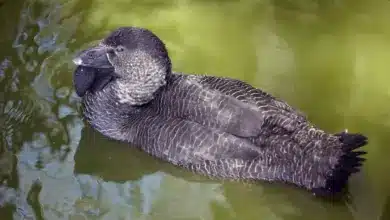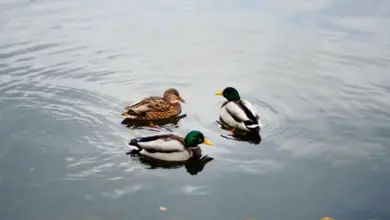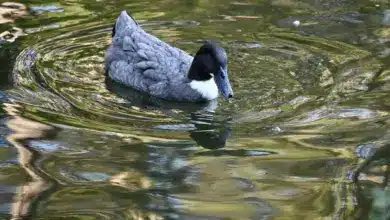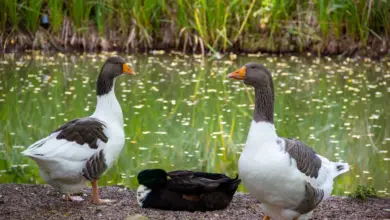The Black-bellied Whistling Ducks, Dendrocygna arborea, is a whistling duck that is also known as are West Indian Whistling Duck and Cuban Whistling Duck.

Distribution / Range
The Black-bellied Whistling Duck is widely scattered throughout the West Indies including a large breeding population in the Bahamas, and smaller numbers in Cuba, the Cayman Islands, Antigua and Barbuda, and Jamaica.
It is largely sedentary (non-migratory), apart from local movements of up to 100 km or more.
The nocturnal and secretive birds inhabit wooded swamps and mangroves.
Diet / Feeding
They roost and feed on plant food including the fruit of the Royal Palm.
Nesting / Breeding
Nests have been reported in tree cavities, on branches, in clumps of bromeliads, and on the ground under thatch palms and other dense bushes. The usual clutch size is 10-16 eggs.
Nests have been reported in tree cavities, on branches, in clumps of bromeliads, and on the ground under thatch palms and other dense bushes. The usual clutch size is 10-16 eggs.
Description
The Black-bellied Whistling Duck is the largest (48-58 cm) and darkest of its genus. It has a long black bill, a long head, and longish legs. It has a pale foreneck and a light brown face. The crown, back, breast, and wings are dark brown to black, and the rest of the underparts are white with heavy black markings.
Males and females look alike.
Juveniles are duller and have a less contrasted belly pattern.
Diet / Feeding:
This duck feeds off of larvae and pupae usually found under rocks, aquatic animals, seeds, small fish, snails, and crabs. They feed on plant food including the fruit of the Royal Palm.
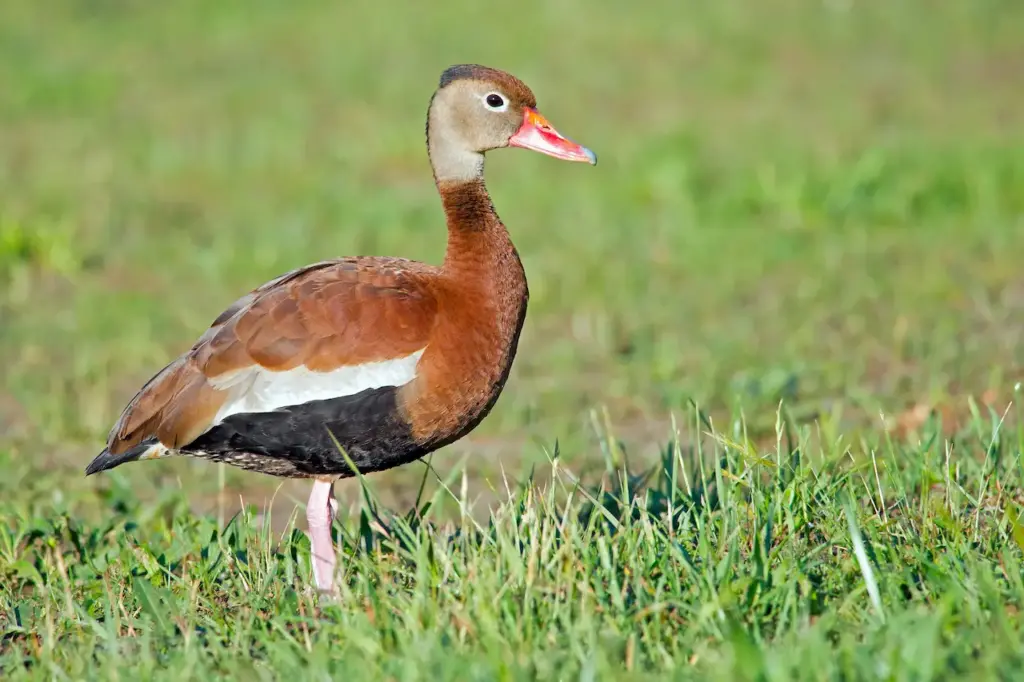
Feeding Ducks …
We all enjoy these beautiful birds and many of us offer them food to encourage them to come over and stay around – and it works! Who doesn’t like an easy meal?
However, the foods that we traditionally feed them at local ponds are utterly unsuitable for them and are likely to cause health problems down the road. Also, there may be local laws against feeding this species of bird – so it’s best to check on that rather than facing consequences at a later stage.
- Foods that can be fed to Ducks, Geese, and Swans to survive cold winters and remain healthy when food is scarce in their environment.
Please note that feeding ducks and geese makes them dependent on humans for food, which can result in starvation and possibly death when those feedings stop. If you decide to feed them, please limit the quantity to make sure that they maintain their natural ability to forage for food themselves – providing, of course, that natural food sources are available.
Beauty Of Birds strives to maintain accurate and up-to-date information; however, mistakes do happen. If you would like to correct or update any of the information, please contact us. THANK YOU!!!

